Understanding Web3 and Building a Roadmap for Its Adoption
What is Web3 and why is it important?
Web3 refers to the next generation of the internet, characterized by the integration of blockchain technology and decentralized protocols. Unlike Web2, where centralized entities hold control over user data and the services they offer, Web3 aims to empower individuals by giving them ownership and control of their online presence. It introduces new possibilities for data security, privacy, and economic participation.
How does Web3 function and what technologies does it rely on?
Web3 relies on a combination of different technologies, including blockchain, decentralized storage, and smart contracts. Blockchain provides the foundation for Web3 by ensuring immutability, transparency, and security in transactions and data storage. Decentralized storage solutions, such as IPFS (InterPlanetary File System), allow data to be distributed across multiple nodes, eliminating the reliance on centralized servers. Smart contracts, powered by platforms like Ethereum, enable automated and trustless interactions between different parties.
What are the benefits and potential use cases of Web3?
Web3 offers several benefits and opens up a range of potential use cases. For individuals, it gives them control over their data, privacy, and identity, reducing the risk of data breaches and unauthorized access. Web3 also enables direct peer-to-peer interactions, eliminating unnecessary intermediaries and reducing transaction costs. It opens up possibilities for decentralized applications (DApps) in various sectors, such as finance, supply chain, gaming, and social media.
What are the major challenges in the adoption of Web3?
Despite its promising potential, the adoption of Web3 faces various challenges. One of the key challenges is scalability, as blockchains like Ethereum can have limited transaction throughput. Interoperability between different blockchain networks is another challenge as it hinders seamless communication and collaboration. Moreover, the user experience of decentralized applications needs improvement to attract mainstream users. Regulatory and legal uncertainties also pose challenges in the adoption and integration of Web3 technologies.
What is the roadmap for Web3 adoption?
The roadmap for Web3 adoption involves several key milestones. Firstly, the development of scalable blockchain solutions and layer 2 protocols, like Ethereum 2.0 and Polkadot, aims to address the scalability issue. Interoperability protocols, such as Cosmos and Polkadot, strive to create an interconnected web of blockchains. Improvements in user experience, interface design, and developer tools will make decentralized applications more accessible and user-friendly. Collaboration between industry leaders, regulatory clarity, and widespread education about Web3 are crucial components of the roadmap as well.
What does the future hold for Web3?
The future of Web3 looks promising, as more individuals and organizations recognize the advantages it offers. We can expect increased adoption of decentralized applications, wider implementation of blockchain technology across various industries, and the emergence of new business models powered by Web3. With advancements in technology, scalability solutions, and regulatory frameworks, Web3 has the potential to revolutionize the internet and provide a more inclusive and transparent digital ecosystem for everyone.



